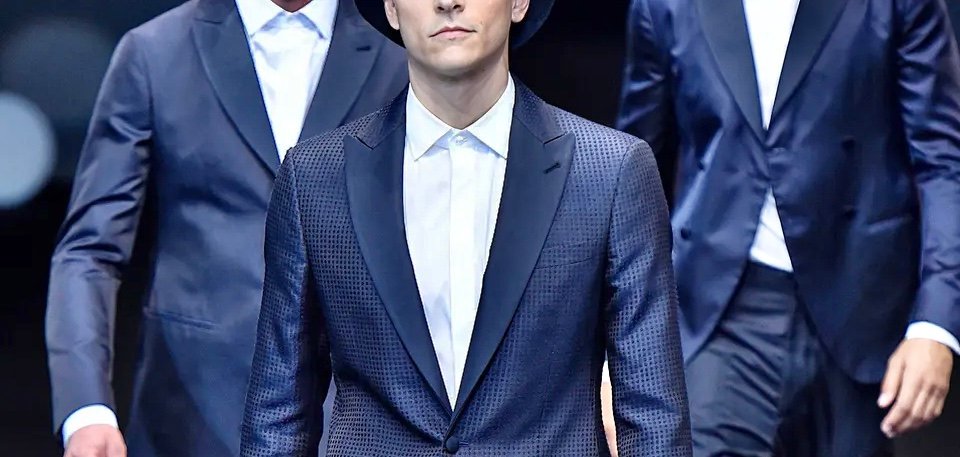The fashion industry has long been criticized for its lack of diversity, and the latest wave of creative director hires has done little to dispel this notion. Despite growing demand from luxury consumers for originality, storytelling, and connection, the faces at the helm of top fashion brands remain overwhelmingly white and male.
This glaring lack of diversity is particularly striking given the changing demographics of the luxury consumer market. As the global middle class expands and becomes increasingly diverse, fashion brands are under pressure to cater to a broader range of tastes and preferences. However, the creative directors tasked with driving this change are largely drawn from the same narrow pool of talent.
According to a recent survey, over 75% of creative directors at top fashion brands are white, while more than 60% are male. These numbers are all the more striking given the wealth of talented designers from diverse backgrounds who are pushing the boundaries of fashion. From Virgil Abloh’s groundbreaking work at Louis Vuitton to Rei Kawakubo’s avant-garde designs at Comme des Garçons, there are countless examples of creative directors who are redefining the fashion landscape.
So, why are fashion brands so slow to adapt? One reason may be the entrenched power structures that govern the industry. Many top fashion brands are controlled by large conglomerates, which often prioritize stability and continuity over innovation and risk-taking. As a result, creative directors who are seen as “safe” choices – often white, male, and established – are favored over more unconventional candidates.
Another factor may be the lack of diversity in the fashion industry’s talent pipeline. Many fashion schools and programs continue to prioritize traditional notions of beauty and style, which can limit opportunities for designers from diverse backgrounds. Additionally, the fashion industry’s notorious lack of work-life balance and high levels of stress can make it difficult for designers from underrepresented groups to break in and succeed.
Despite these challenges, there are signs that the fashion industry is slowly beginning to shift. A growing number of brands are prioritizing diversity and inclusion, and there are increasing opportunities for designers from underrepresented groups to showcase their talents. However, much work remains to be done to address the systemic inequalities that have held back diversity in the fashion industry for so long.
As the fashion industry continues to evolve, it is clear that diversity and inclusion must be at the forefront of the conversation. By prioritizing originality, storytelling, and connection, fashion brands can tap into the desires of a changing consumer market and create a more inclusive and vibrant industry for all.
Source: Africa Publicity








